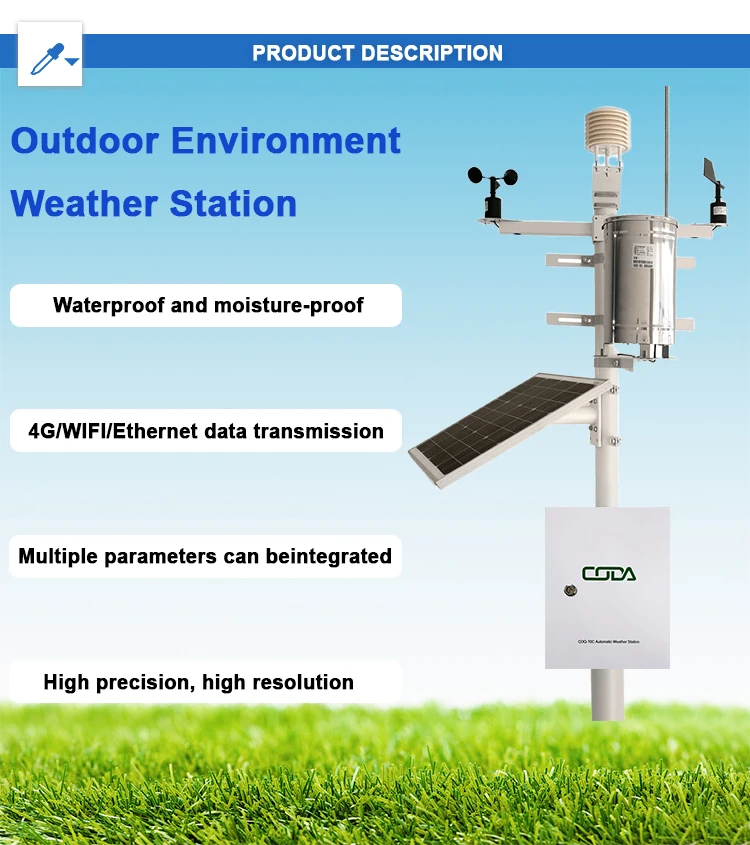
# Advantages and Disadvantages of Automatic Weather Stations
Introduction
Automatic Weather Stations (AWS) have revolutionized the way meteorological data is collected and analyzed. These systems provide continuous, real-time weather information without the need for constant human intervention. While AWS offer numerous benefits, they also come with certain limitations. This article explores the advantages and disadvantages of automatic weather stations.
Advantages of Automatic Weather Stations
1. Continuous Data Collection
One of the primary benefits of AWS is their ability to collect weather data 24/7 without interruption. Unlike manual weather stations, which require human operators to record measurements at specific intervals, AWS can provide a constant stream of data, ensuring no gaps in the information.
2. High Accuracy and Precision
Automatic weather stations are equipped with advanced sensors that can measure various meteorological parameters with high accuracy. These sensors are calibrated to minimize errors, providing reliable data for weather forecasting, research, and other applications.
3. Remote Accessibility
AWS can be installed in remote or hard-to-reach locations, such as mountains, deserts, or oceans. The data collected can be transmitted wirelessly to central databases, allowing meteorologists and researchers to access real-time information from anywhere in the world.
4. Cost-Effective in the Long Run
Although the initial setup cost of an AWS can be high, the long-term savings are significant. By reducing the need for manual labor and maintenance, AWS can lower operational costs over time.
5. Real-Time Data Transmission
With the integration of modern communication technologies, AWS can transmit data in real-time. This feature is particularly useful for early warning systems, such as those for severe weather events like hurricanes or tornadoes.
Disadvantages of Automatic Weather Stations
1. High Initial Cost
The upfront cost of purchasing and installing an AWS can be prohibitive for some organizations or individuals. High-quality sensors, communication equipment, and installation services can add up to a substantial investment.
2. Maintenance Requirements
While AWS reduce the need for manual data collection, they still require regular maintenance to ensure optimal performance. Sensors can degrade over time due to environmental factors, and software updates may be necessary to keep the system running smoothly.
3. Vulnerability to Environmental Damage
Automatic weather stations are exposed to harsh weather conditions, which can damage sensitive equipment. Extreme temperatures, heavy rainfall, or strong winds can affect the accuracy of measurements or even render the station inoperable.
4. Dependence on Power Supply
Most AWS rely on a continuous power supply, either from the grid or batteries. In remote locations, power outages or battery failures can disrupt data collection, leading to gaps in the dataset.
5. Limited Human Oversight
While automation reduces human error, it also means that there is less opportunity for human intervention to correct anomalies or verify data quality. Unnoticed sensor malfunctions or calibration drifts can lead to inaccurate data being recorded.
Conclusion
Automatic Weather Stations offer significant advantages in terms of continuous data collection, accuracy, and remote accessibility. However, they also come with challenges such as high initial costs, maintenance requirements, and vulnerability to environmental damage. Understanding these pros and cons is essential for organizations and individuals considering the adoption of AWS for meteorological purposes.